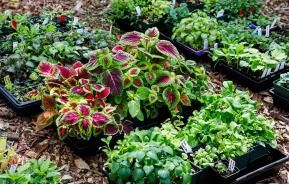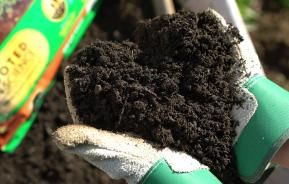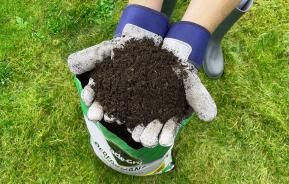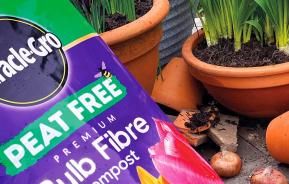A plants’ basic requirements aren't so different from humans' requirements. Like us, they need food for energy. And like us, they need water to stay hydrated. And while technically plants don't breathe in the same way we do, they do need air to release energy from their food.
Cell Division - Mitosis
All living things start life as a single cell and grow and multiply by cell division. During mitosis, the genetic material in the chromosomes is separated into two identical sets, which is followed by the splitting of the cell’s internal organs into two cells, genetically identical to each other and to the original cell. These 2 cells then further divided into 4, 8, 16, 32 and so on, resulting in growth.
Although two identical cells with identical sets of chromosomes are usually formed, this doesn't always happen and this is how to plant mutations and new varieties, such as variegated leaves on otherwise all-green-leaved plants, result.
Photosynthesis: The Magic Of Plant Cells
One of the major ways in which plants are different from animals, is plants make their own food through a process called photosynthesis. Photosynthesis converts light energy into chemical energy, which is then used to produce sugars/carbohydrates. These are then converted into other essential compounds, such as proteins, fats, hormones and everything else the plant needs for healthy growth.
Photosynthesis uses carbon dioxide from the air and water, and also produces oxygen as a bi-product, making plants vital for all life on Earth. The simplified equation for photosynthesis is:
Carbon dioxide + water + light energy → carbohydrate + oxygen
Photosynthesis mainly occurs within the leaves, although it can also happen in other green parts of the plant. Photosynthesis takes place primarily in chloroplasts, which are the tiny chlorophyll-containing structures found within green plant cells. Chlorophyll is one of the pigments that give the leaves their characteristic colouring.
During the day, chloroplasts act like tiny solar panels, absorbing as much of the sun's powerful rays as they can to power the process of photosynthesis.
Using the Earth's Resources To Grow
Light isn't the only ingredient required for photosynthesis to take place. Since photosynthesis needs carbon dioxide and water, these must be obtained by or transported to the cells within the leaves.
Carbon dioxide enters the leaves via respiration through stomata – tiny pores on the underside of the leaves – and water is drawn up from the soil through the roots and transported to the leaves through specialised water-moving cells in the plant's conductive system - the xylem. The resulting carbohydrates are transported to the rest of the plant through specialised cells in the phloem - the other part of its conductive system.
Depending on the species of plant, some will require more water than others to develop. These plants can normally be identified by the behaviour of their root system. If it's long and deep, the plant will need more water to survive. If it is shallow, the plant would be quite happy in a dryer climate and soil conditions.
When energy from sunlight is combined with water and carbon dioxide, photosynthesis occurs. The end products are chemical energy, obtained in the form of sugars which are converted from glucose into different compounds, as well as oxygen, which is released back into the atmosphere.
Plant Cells Produce Their Own Food
It's this glucose - and the various compounds it's converted into - that is the key to how plants and their cells actually grow. Some, for example, cellulose, will be used in the growth and repair of plant cell walls.
Other types will be used to aid the whole process, helping to transport these key compounds around the plant to wherever they're needed. Leftover chemical energy is stored.
So, if plant cells make their own food, where do fertilisers come in? As any experienced gardener will know, nutrient-rich soil can make the world of difference to plant growth. This is because, in ideal conditions, the plant's roots draw up essential nutrients from the soil as well as water.
Using these fertilisers can enhance the plant cells and strengthen their growth, helping the plants to fight off any diseases or adverse weather.
The primary nutrients that should naturally occur in soil and that are required for strong plant growth are phosphorous, nitrogen and potassium. You'll usually find all three of these in the ingredients of commercially available fertilisers, and for good reason - they're the most likely to be lacking in sufficient enough quantities.
However, many different nutrients have a role to play in helping plants to photosynthesise, from aiding in chlorophyll production to boosting the plant's resilience against the elements. As human beings, it's possible for plants to take in enough energy, but still, be missing out on the minerals they need for healthy growth.








